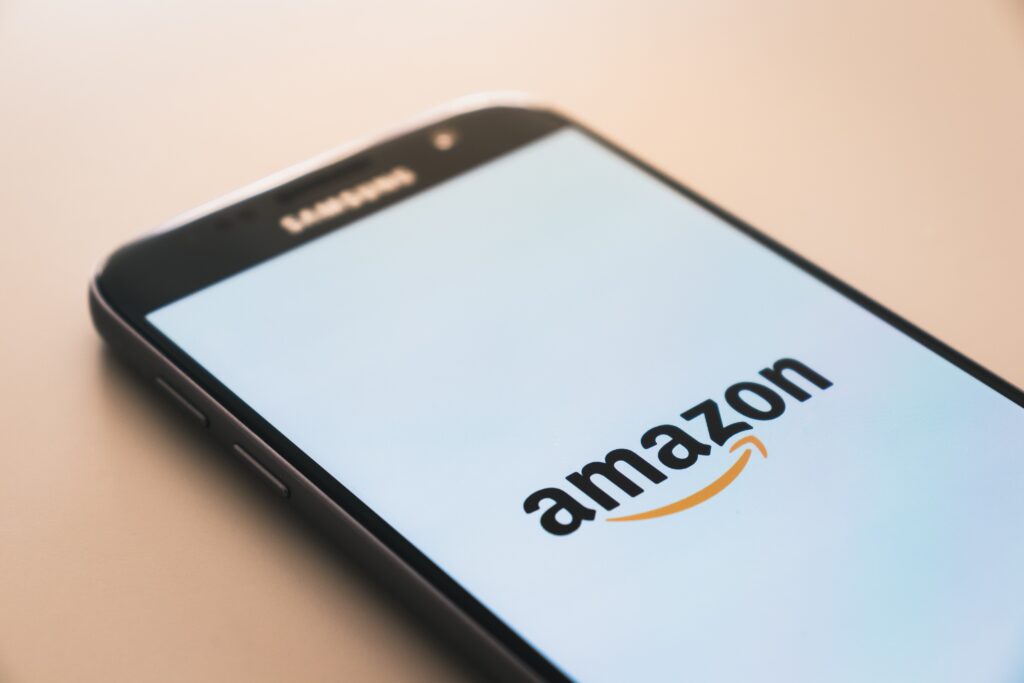Amazon is known for its fast delivery and free returns. But the days of those free returns are numbered, with Amazon reportedly cutting back on return drop-offs to UPS stores. Amazon set the standard by offering free return drop-offs at multiple retailers. But according to reports, customers who live near a Whole Foods, Amazon Fresh, or Kohl’s location will be charged $1 if they return items via a UPS Store.
Amazon’s move could shift the tides and lead to other retailers changing or removing their free return policies.
Returns Are Cost Centers For Brands
Returns are costly for companies. A record $761 billion of merchandise was returned in 2021. Of all online purchases, nearly 21% are returned. Every returned product must be mailed, sorted, and re-stocked—which adds to the cost. And when considering Amazon’s nearly $500 billion in sales revenue in 2021, the amount and value of its returns are staggering.
That’s not to mention the environmental cost of returns. Returns are notorious for their carbon emissions and lead to incredible waste. U.S. returns generate 16 million metric tons of carbon emissions and 5.8 billion pounds of landfill waste annually. More companies are prioritizing sustainability, but returns don’t match their eco-friendly efforts.
Balancing Customer Experience And Budgets
For years, brands have prioritized free returns to provide a great customer experience. Modern customers want the convenience of easy returns, especially as online shopping increases. Returns matter to customers, with one survey finding that 84% of consumers say the return experience is important in forming their opinion of the retailer.
Offering free returns can be a strong competitive advantage and help attract new customers. Seventy-nine percent of consumers say free returns are an important consideration when shopping online. Stores with stronger return policies tend to have more loyal customers, and people tend to spend more at brands that offer free returns.
But with increased costs, brands must balance serving customers without eating the costs of free returns and significantly cutting into revenue. Putting customers first is paramount for every brand, but free returns are often no longer sustainable.
Is This The End Of Free Returns?
Amazon sets the tone for the rest of the e-commerce world. But it isn’t the first brand to charge for returns. Brands like Gap and Banana Republic have shortened their return windows. Others, such as Antropologie and REI, now charge a fee for mailed returns.
With a recession looming and a challenging talent market, many brands are looking for ways to cut costs. Increased shipping and labor costs have made the price of returns outweigh the benefits of serving customers. Unfortunately for customers, free returns are on top of the chopping block.
Amazon’s return fee is small and limited to one pick-up location, but it could cause a ripple effect across other retailers. And it wouldn’t be surprising to see the practice extend to other Amazon return locations.
Free returns have long been the standard for e-commerce. But as prices skyrocket, Amazon is leading the movement to limit free returns, which could lead to a seismic shift in online shopping.

